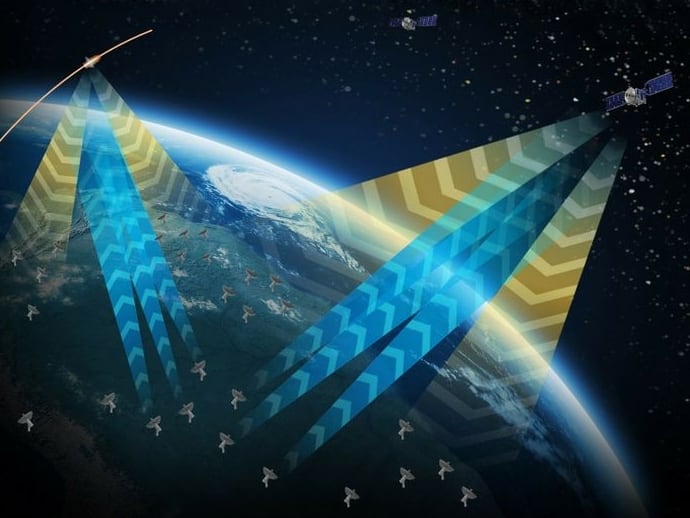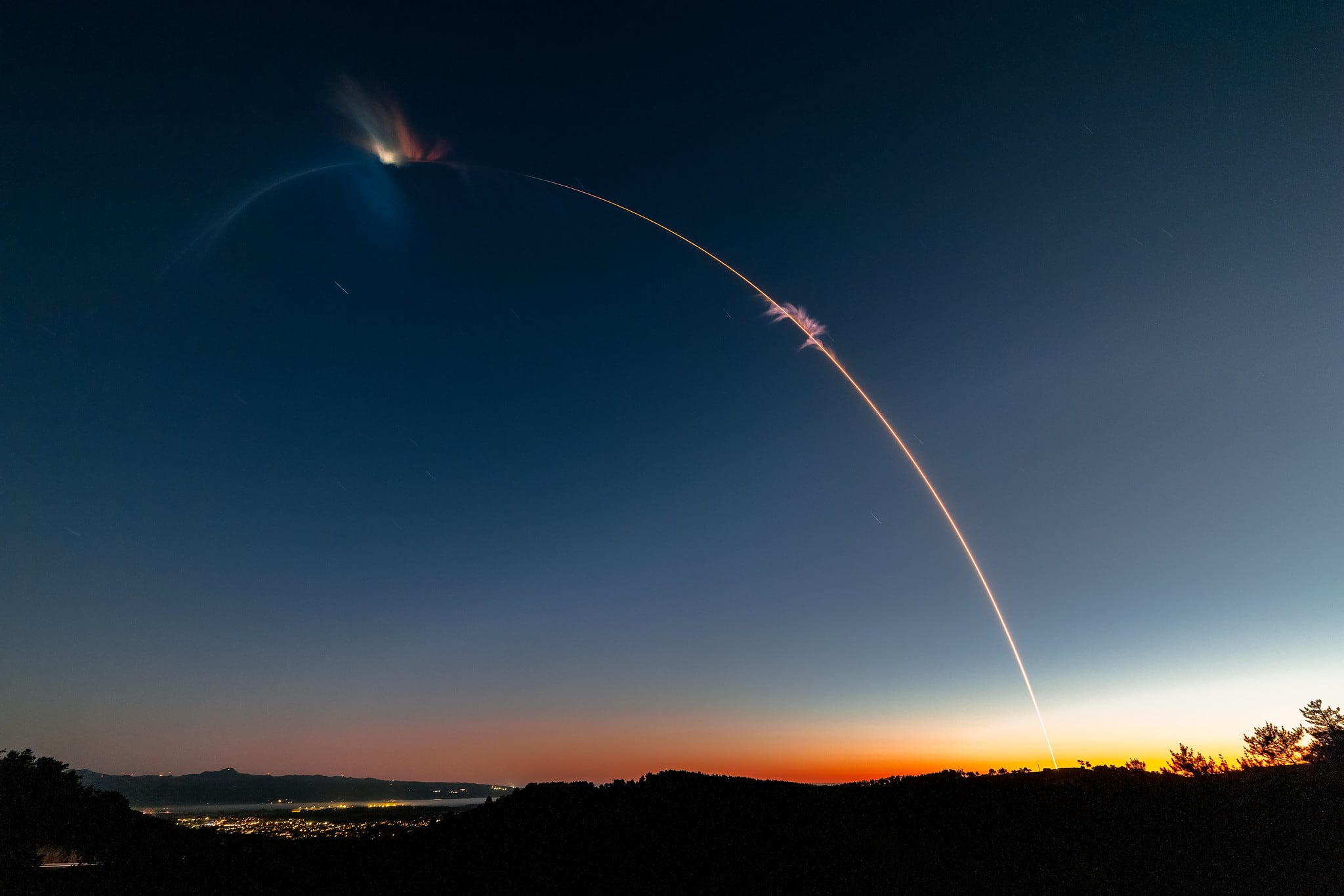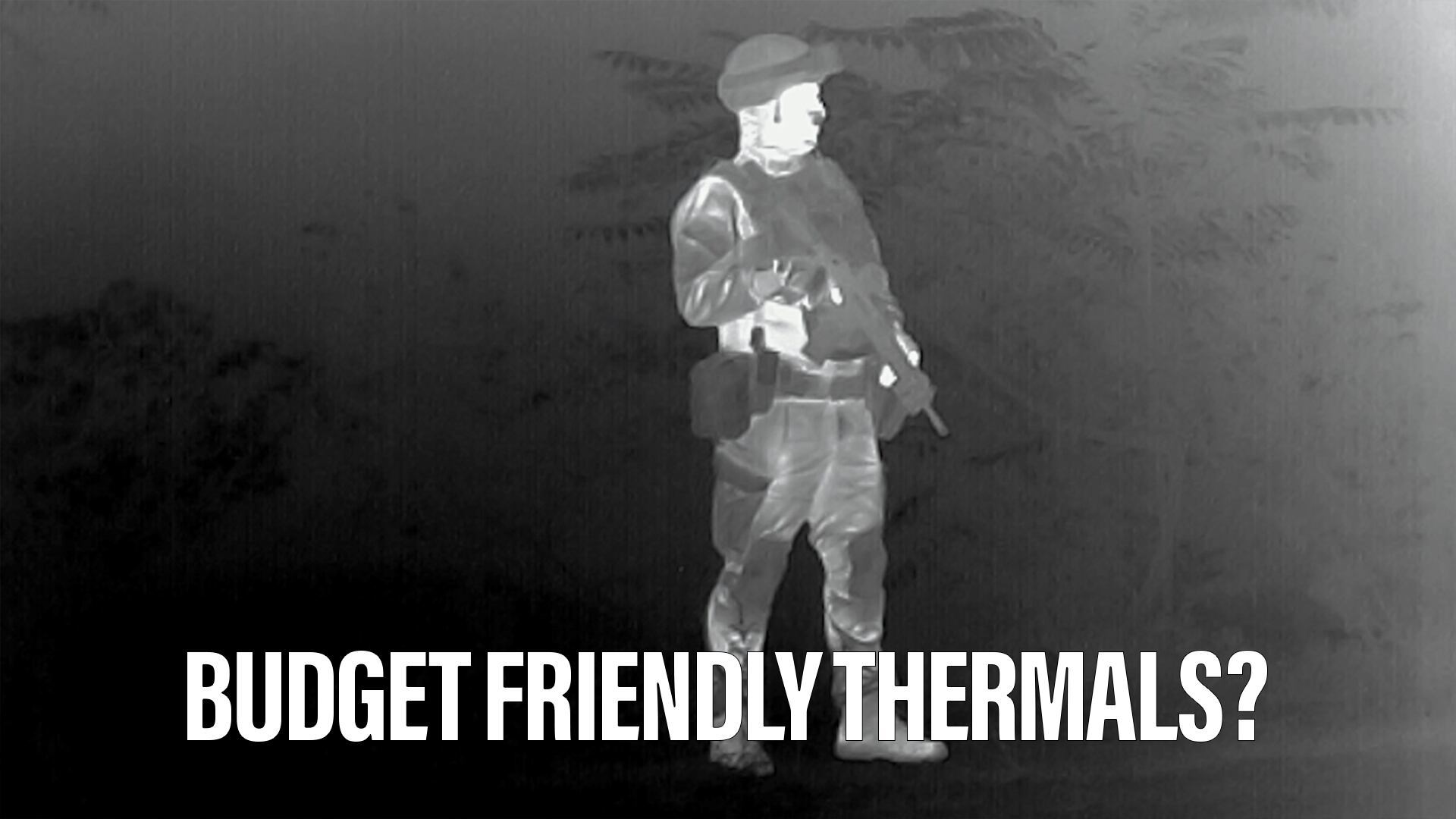One of the most common phrases heard from military officials is readiness must be improved. When discussing readiness challenges, Air Force Secretary Deborah Lee James wants to make sure it's clear what the term truly means.
"It's always important when we talk about readiness to say ready for what," she said at a Defense One event July 26. From an Air Force perspective, James said "you better believe" the force is prepared and ready to undertake current missions in the Middle East against ISIS.
However, when discussing readiness against higher-end threats such as major nation-state competitors, "the answer is, I get anyway, is 50 percent of our combat air forces have that degree of readiness," she admitted. "That's not good enough."
Part of this is the anti-access/area-denial (A2/AD) environments established by more advanced nation-state adversaries. "I think we're all frustrated that although we feel we're putting the right amount of dollars in the right places in our budget, we're not seeing a real movement of the needle towards higher levels of high-end readiness," James said.
For the Air Force, part of the difficulty will be transitioning heavily invested and successful unmanned aircraft – including the MQ-1 Predator, MQ-9 Reaper and RQ-4 Global Hawk – from the permissive environments of southwest Asia counterterrorism missions against technologically inferior groups to future conflicts against near-peer competitors with radar and anti-aircraft missiles.
Despite the fact these platforms have excelled against terrorists, both for near-persistent intelligence, surveillance and reconnaissance and strike capability for Reapers and Predators, they are slow-moving and easy targets for advanced radar and anti-aircraft batteries.
While these platforms undoubtedly have a future in the force – the Air Force is purchasing an additional 24 Reapers and the Global Hawk will transition to take over for the manned U-2 spy plane once it is phased out – it is unclear how they will be used or transitioned to a more contested environment. To some degree, the Air Force and the Defense Department writ large is still figuring this out.
"I think we're still sort of learning -- how do you take the advantages that you've achieved in this network, in the permissive [environment of southwest Asia], and sort of be able to take it into the non-permissive?" said Maj. Gen. Jeffery Newell, the Air Force's director of strategy, concepts and assessments and deputy chief of staff for strategic plans and requirements. "I'm not sure that I have great answers for you other than we see the value of it, we see that it is forever a part of how our Air Force operates, and I think you're going to see that us [exploiting] the advantages of a persistent ISR network and [applying] it to an A2/AD environment will be a challenge for us that will continue."
New challenges, new solutions
Part of how the Air Force and DoD seeks to get around these so-called A2/AD problems is through the Defense Department's third offset strategy, described in its simplest terms as using man-machine teaming to undercut adversarial advancements. Several other initiatives have fallen under the third offset's umbrella and include leveraging new technologies and approaches to solve complex problems at the rapid pace of technological innovation today.
Hypersonics are one example for how the force can penetrate these environments. Hypersonic missiles, while still far off, can achieve speeds of over 3,800 mph capable of penetrating territory as conventional missile defense systems can are not capable of shooting down objects at Mach 5.
Additionally, unmanned fighter jets, what Strategic Capabilities Office Director William Roper described as unmanned fourth-generation fighters serving as avatars of manned fifth-generation systems -- because fifth-generation pilots will be able to control the unmanned fourth-generation fighters mid-air -- can serve as missile trucks for the limited payloads of fifth-generation fighters.
The Air Force also recently released a small UAS flight plan in May, which, among other tasks, outlines concepts for using small, inexpensive devices to swarm adversary systems. The goal: overwhelm enemy systems to allow other larger, more vulnerable assets to move in behind.
"The long-term vision for SUAS focuses on access to and survivability in the A2AD environment," the document stated. "SUAS characteristics such as size, weight and low cost per unit create a cost-capability dynamic that better addresses counter-A2AD concept development than does our legacy manned and unmanned systems."
At the Sea Air Space symposium in May, Peter Singer, strategist and senior fellow at the New America Foundation noted that such aircraft could either be carrying weapons, or the disposability of the aircraft could lend itself as a weapon. Singer described how Israelis used unmanned systems to overwhelm Syrian air defenses in the 1980s, when their goal was for aircraft to be shot down to force the Syrians to turn on their radars and waste missiles shooting down disposable systems.
Air Force officials admit that there is no single silver bullet and defeating A2/AD environments will likely involve a combination of capabilities in the physical and digital space, including cyber capabilities.
"A mix of capabilities to penetrate the highly contested environment as well as deliver effects from stand-off ranges offers a balanced approach to counter the A2/AD strategy," stated the Air Force's Air Superiority Flight Plan 2030, released in May. The plan lists kinetic and non-kinetic concepts to achieve this, which include long-range strike capabilities, penetrating counter-air capabilities and electronic warfare, among others.
While these technological approaches will undoubtedly help, there is the underlying problem of the force itself. "Part of it is we're so small and our people are so engaged we literally can't free them up enough time to go through the rotational training to practice against these high-end threats," James said. "So that's another reason why I say, number one, we have got to grow our Air Force."
Mark Pomerleau is a reporter for C4ISRNET, covering information warfare and cyberspace.








